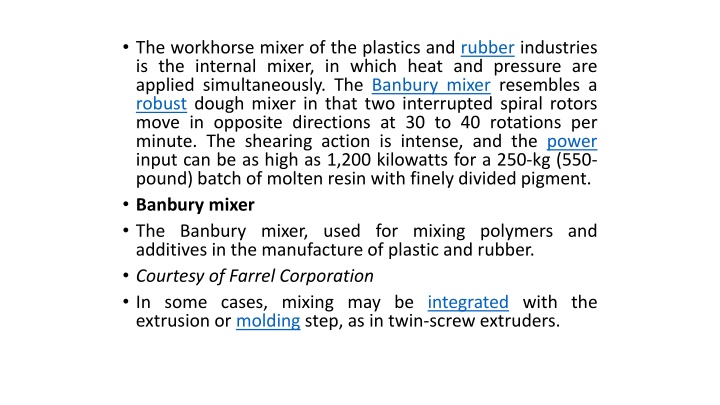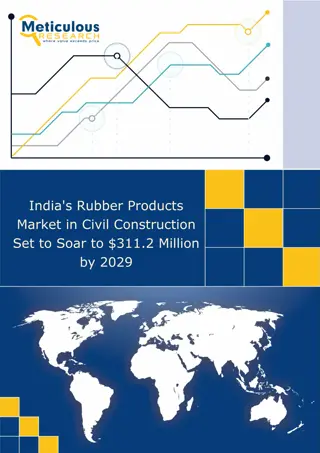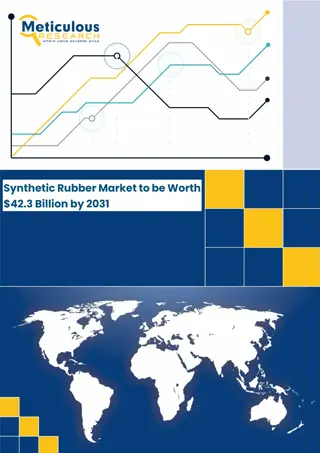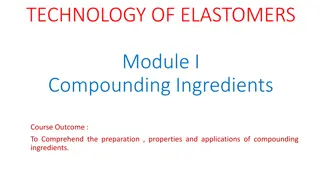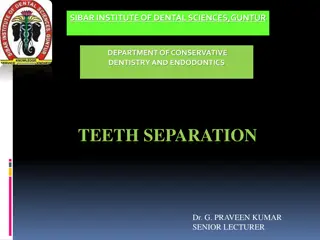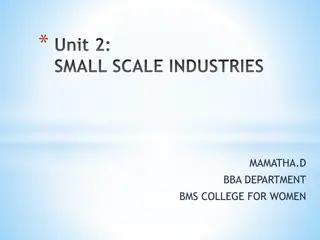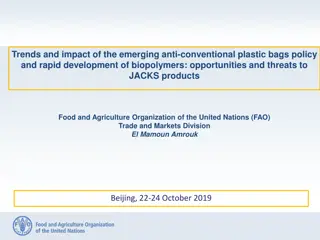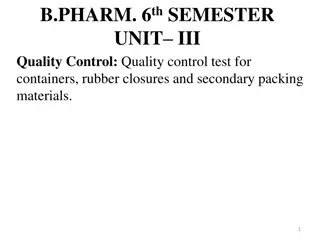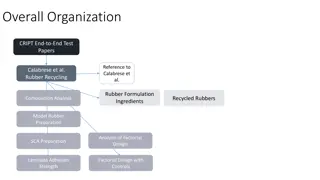The Workhorse Mixer in Plastics and Rubber Industries
The internal mixer, such as the Banbury mixer, plays a crucial role in the plastics and rubber industries by applying heat and pressure simultaneously. Forming plastics involves melting, shaping, and solidifying, while extrusion and compression molding are key processes. The intense shearing action of the Banbury mixer and the continuous shape formation in extrusion are highlighted. Compression molding involves heating and compressing molding powder into specific shapes, with details on the process provided.
Download Presentation

Please find below an Image/Link to download the presentation.
The content on the website is provided AS IS for your information and personal use only. It may not be sold, licensed, or shared on other websites without obtaining consent from the author.If you encounter any issues during the download, it is possible that the publisher has removed the file from their server.
You are allowed to download the files provided on this website for personal or commercial use, subject to the condition that they are used lawfully. All files are the property of their respective owners.
The content on the website is provided AS IS for your information and personal use only. It may not be sold, licensed, or shared on other websites without obtaining consent from the author.
E N D
Presentation Transcript
The workhorse mixer of the plastics and rubber industries is the internal mixer, in which heat and pressure are applied simultaneously. The Banbury mixer resembles a robust dough mixer in that two interrupted spiral rotors move in opposite directions at 30 to 40 rotations per minute. The shearing action is intense, and the power input can be as high as 1,200 kilowatts for a 250-kg (550- pound) batch of molten resin with finely divided pigment. Banbury mixer The Banbury mixer, used for mixing polymers and additives in the manufacture of plastic and rubber. Courtesy of Farrel Corporation In some cases, mixing may be integrated with the extrusion or molding step, as in twin-screw extruders.
Forming The process of forming plastics into various shapes typically involves the steps of melting, shaping, and solidifying. As an example, polyethylene pellets can be heated above Tm, placed in a mold under pressure, and cooled to below Tmin order to make the final product dimensionally stable. Thermoplastics in general are solidified by cooling below Tgor Tm. Thermosets are solidified by heating in order to carry out the chemical reactions necessary for network formation.
Extrusion In extrusion, a melted polymer is forced through an orifice with a particular cross section (the die), and a continuous shape is formed with a constant cross section similar to that of the orifice. Although thermosets can be extruded and cross-linked by heating the extrudate, thermoplastics that are extruded and solidified by cooling are much more common. Among the products that can be produced by extrusion are film, sheet, tubing, pipes, insulation, and home siding. In each case the profile is determined by the die geometry, and solidification is by cooling. section of a screw extruder of thermoplastic polymers
Compression molding In the simplest form of compression molding, a molding powder (or pellets, which are also sometimes called molding powder) is heated and at the same time compressed into a specific shape. In the case of a thermoset, the melting must be rapid, since a network starts to form immediately, and it is essential for the melt to fill the mold completely before solidification progresses to the point where flow stops. The highly cross-linked molded article can be removed without cooling the mold. Adding the next charge to the mold is facilitated by compressing the exact required amount of cold molding powder into a preformed biscuit. Also, the biscuit can be preheated by microwave energy to near the reaction temperature before it is placed in the mold cavity. A typical heater, superficially resembling a microwave oven, may apply as much as 10 kilovolts at a frequency of one megahertz. Commercial molding machines use high pressures and temperatures to shorten the cycle time for each molding. The molded article is pushed out of the cavity by the action of ejector pins, which operate automatically when the mold is opened.
In some cases, pushing the resin into the mold before it has liquefied may cause undue stresses on other parts. For example, metal inserts to be molded into a plastic electrical connector may be bent out of position. This problem is solved by transfer molding, in which the resin is liquefied in one chamber and then transferred to the mold cavity. In one form of compression molding, a layer of reinforcing material may be laid down before the resin is introduced. The heat and pressure not only form the mass into the desired shape but also combine the reinforcement and resin into an intimately bound form. When flat plates are used as the mold, sheets of various materials can be molded together to form a laminated sheet. Ordinary plywood is an example of a thermoset-bound laminate. In plywood, layers of wood are both adhered to one another and impregnated by a thermoset such as urea- formaldehyde, which forms a network on heating.
